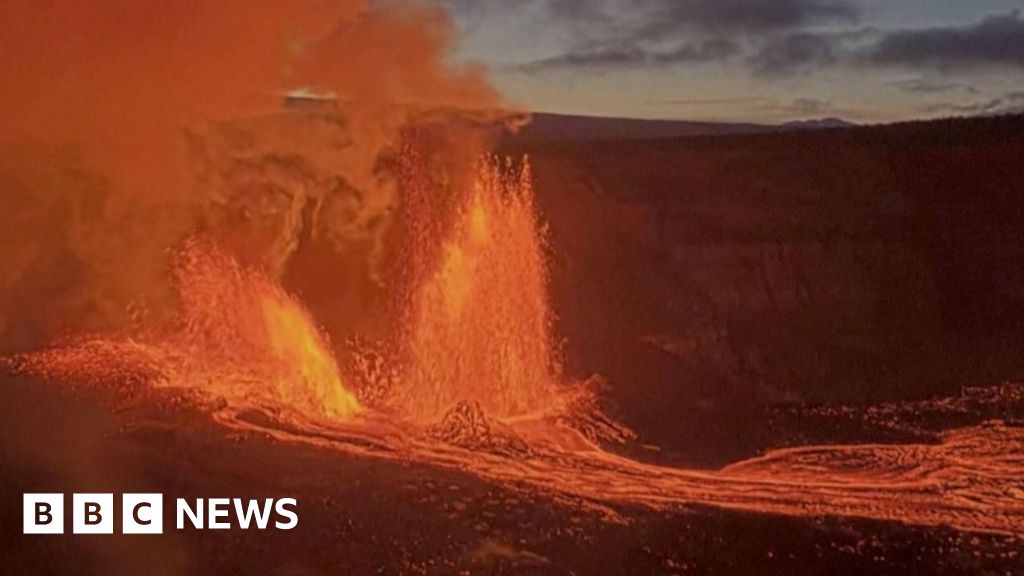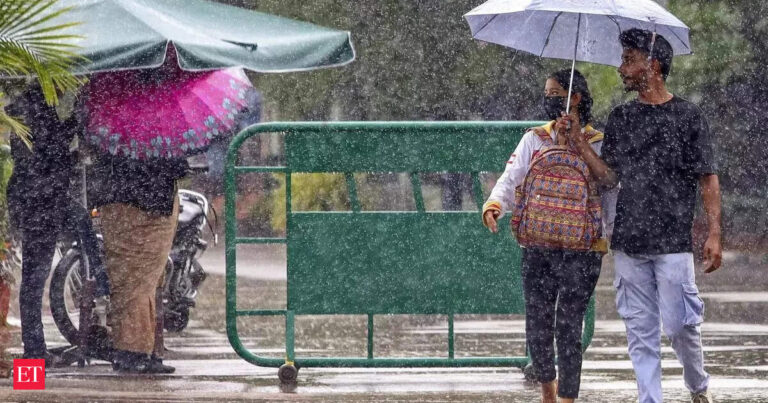Hawaii’s Kilauea Volcano Erupts Again! Stunning Lava Fountains and Major Gas Hazard Alert!
Kilauea Volcano Erupts Again: A Geological Marvel That Keeps on Giving
Hawaii’s Kilauea volcano, renowned for its frequent eruptions, has made headlines once more. On December 23, 2024, the volcano erupted for the 25th time, showcasing the breathtaking yet fierce power of nature. The eruption, lasting about eight hours, sent lava fountains soaring over 1,000 feet (305 meters) into the air, according to the United States Geological Survey (USGS). As Kilauea continues its volcanic activity, experts and locals alike are closely monitoring the situation.
A Closer Look at the Eruption’s Dynamics
The December 2024 eruption was a remarkable event, one that highlighted Kilauea’s status as one of the most active volcanoes on our planet. The USGS reported that the lava fountains emerged primarily from the volcano’s north vent, which has been a focal point for much of Kilauea’s recent activity.
Key Details of the Eruption:
- Duration: Approximately 8 hours
- Height of Lava Fountains: Over 1,000 feet (305 meters)
- Primary Hazard: Volcanic gas emissions
While the visuals from the eruption are nothing short of mesmerizing, the potential dangers are significant. Kilauea is no stranger to emitting high levels of volcanic gases, which can pose serious health hazards to those living in the surrounding areas.
Volcanic Gas: A Major Concern
The USGS has raised alarms regarding the hazardous levels of volcanic gas, particularly sulfur dioxide (SO2), which can have detrimental effects on air quality and human health. Gas emissions can travel significant distances downwind, impacting communities even beyond the immediate vicinity of the volcano.
Health Concerns Associated with Volcanic Gas:
- Respiratory Issues: Exposure to volcanic gases can exacerbate asthma and other respiratory conditions.
- Eye Irritation: High concentrations of sulfur dioxide can irritate the eyes and lead to discomfort.
- Long-term Exposure Effects: Chronic exposure can lead to more severe health problems, including lung damage.
It is essential for residents in affected areas, as well as visitors to the Big Island, to stay informed about air quality reports and heed any warnings issued by local authorities.
The Environmental Impact of Kilauea’s Eruptions
Kilauea is not only a geological wonder but also an ecosystem in its own right. Each eruption alters the landscape, creating new land formations and influencing local wildlife. While the immediate effects of an eruption can be destructive, the long-term consequences can lead to thriving ecosystems as nature adapts to change.
What Happens After an Eruption?
- New Land Formation: As lava cools, it contributes to the expansion of the island.
- Habitat Changes: Flora and fauna may adapt to the new landscapes, leading to unique biodiversity.
- Tourism Boost: Eruptions often attract tourists, providing an economic boost to local communities.
Local ecosystems can be resilient, and over time, new growth can emerge from the hardened lava flows. The volcanic soil is often rich in nutrients, creating fertile ground for new plants and trees to flourish.
Monitoring Kilauea: The Role of the USGS
The USGS plays a crucial role in monitoring Kilauea’s activity. Their scientists utilize a range of tools, including seismographs to detect earthquakes, gas analyzers to monitor volcanic gas emissions, and satellite imagery to observe changes in the landscape. These tools help provide timely updates and warnings to help safeguard the lives of residents and visitors alike.
Regular monitoring means that the community can be better prepared for any future eruptions. According to the USGS, ongoing assessments help identify changes in volcanic behavior that could signal a larger event.
Conclusion: The Ongoing Story of Kilauea
Kilauea’s recent eruption serves as a reminder of the dynamic forces that shape our planet. While the beauty of lava fountains lighting up the night sky is captivating, the associated risks, particularly from volcanic gases, underscore the importance of preparedness and awareness.
As we continue to closely follow Kilauea’s activity, it is crucial to respect the volcano’s power and acknowledge the vital role that research and monitoring play in ensuring the safety of those who call Hawaii home. Whether you’re a long-time resident or planning a visit, staying informed is key to enjoying the stunning landscapes that Kilauea has to offer while safeguarding your health and well-being.






